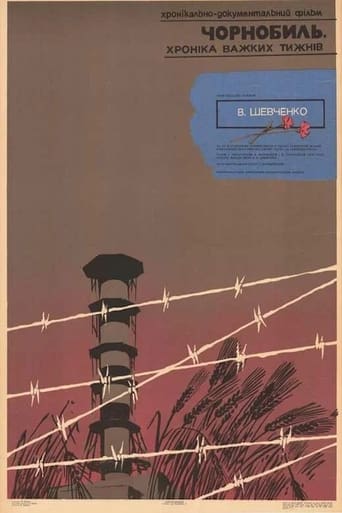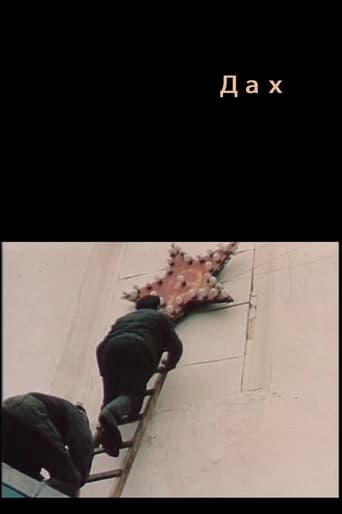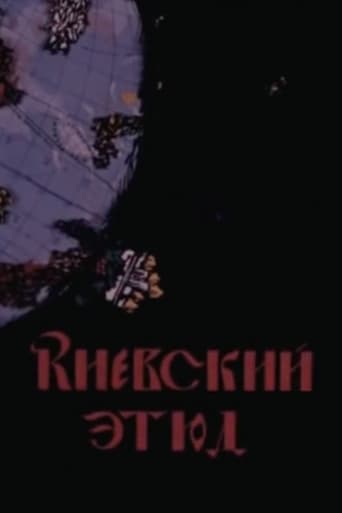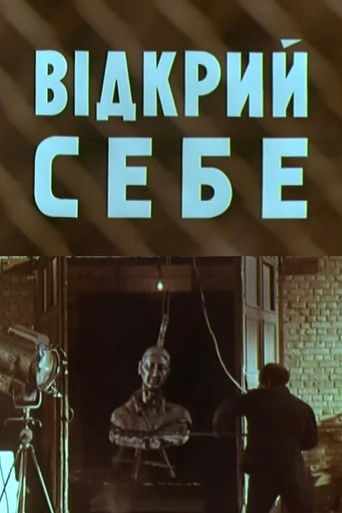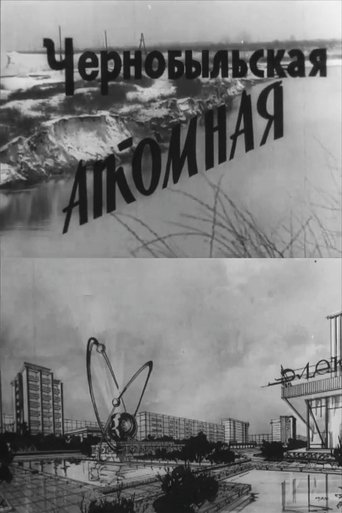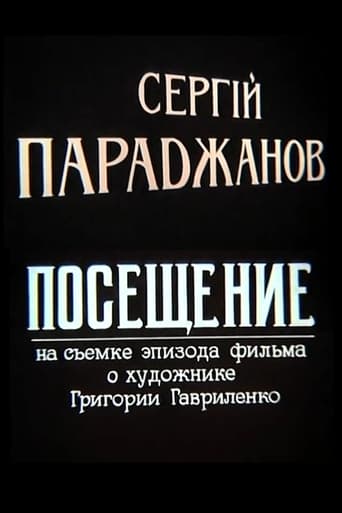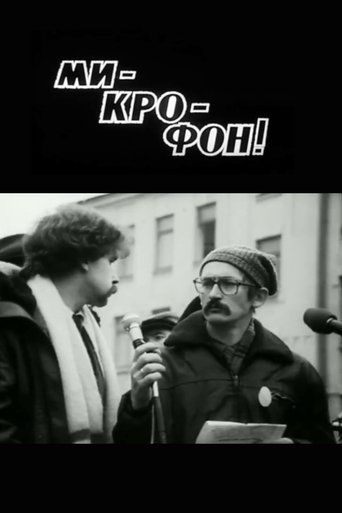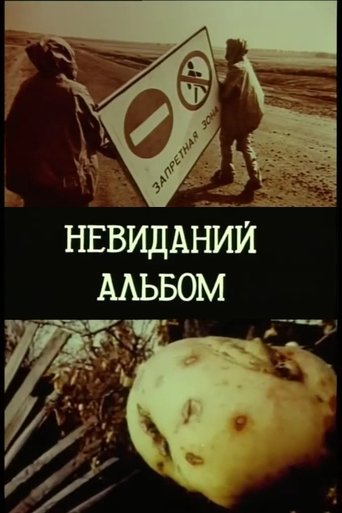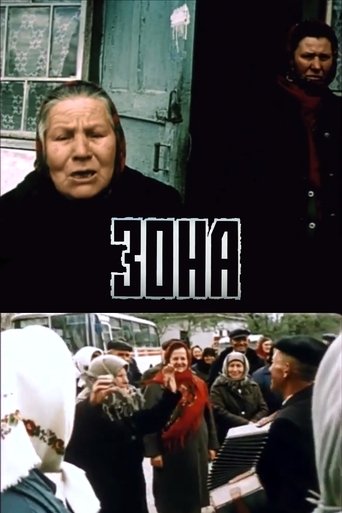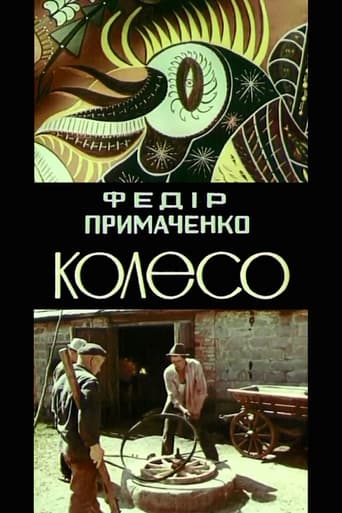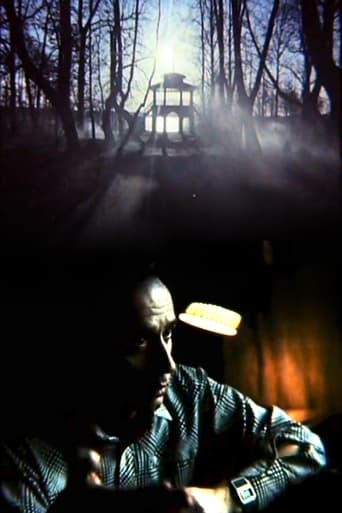Short documentary dedicated to the life of the "young atomohrad" Pripiat, directly after operations began at the Chornobyl station in December 1977. This work is a triumphant overview of the results of the journey from the beginning of the power station's construction to its successful outcome. The builders and witnesses of the station's creation reminisce on the years of construction, which became a "school of life" for those involved. Doctors talk about the excellent ecological state of the environment near the station, youths ski in the nearby snowy woods. The "big happy family of the atomohrad" celebrate the New Year. Even in winter, these scenes are depicted in bright, saturated colors, with gentle reminders of the invisible work of the Atom, illustrated with glittering diagrammes, sensors and monitors of the station, all details emphasizing the joyful existence within the "Atomohrad".
